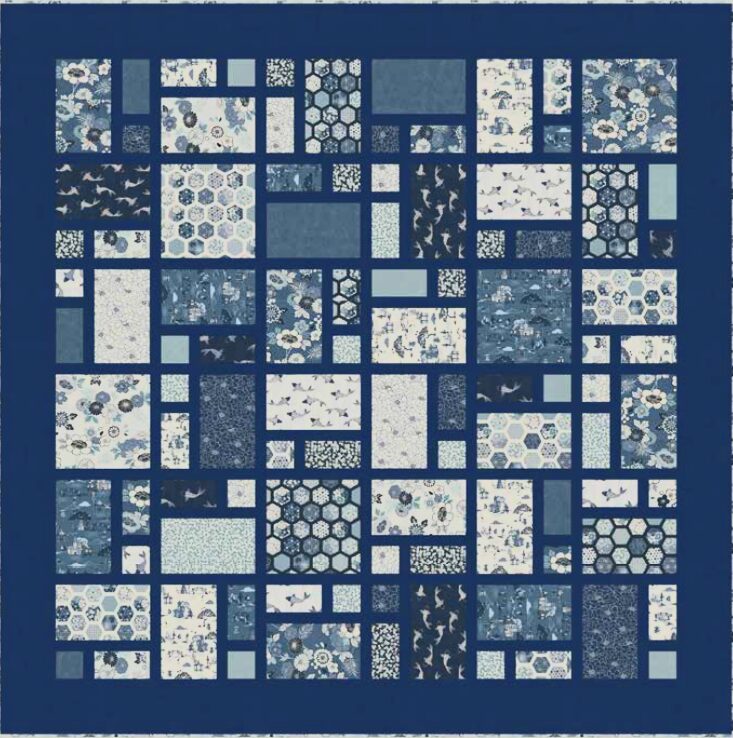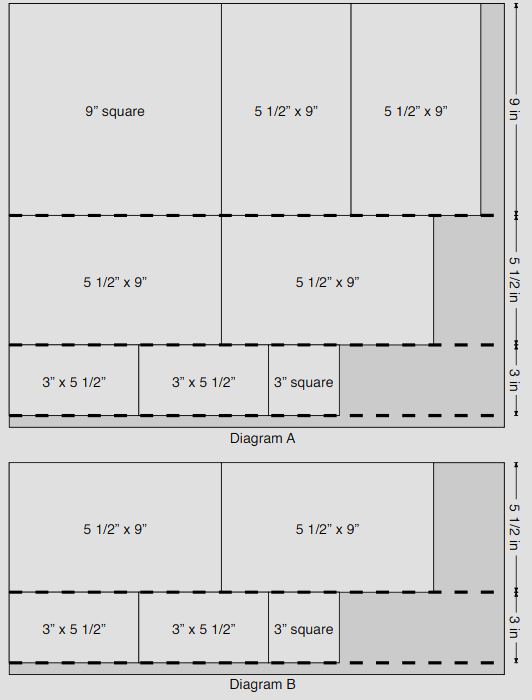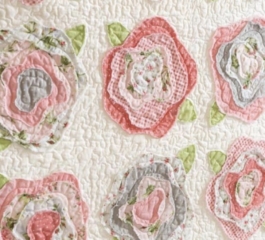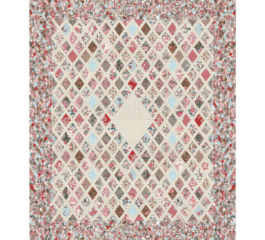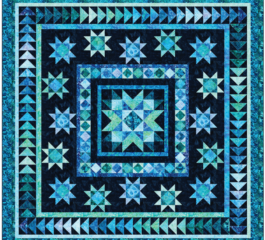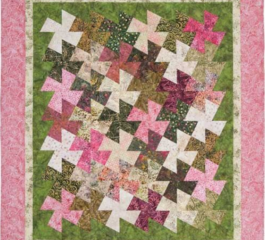In the vibrant world of quilting, where colors dance and patterns tell stories, few hues possess the captivating allure of indigo. The deep, rich blue of indigo dye has enchanted artisans for centuries, weaving its way through cultures and epochs with timeless elegance. Today, we embark on a journey to explore the indigo quilt pattern, a classic motif that continues to inspire quilters around the globe.
Indigo holds a special place in the history of textiles. From its origins in ancient civilizations to its prominence in traditional Japanese artistry, indigo has been cherished for its depth and versatility. In quilting, this enchanting hue takes center stage, evoking a sense of calm, sophistication, and mystery.
